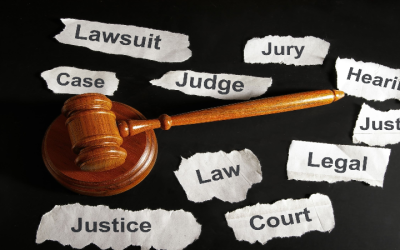In Minnesota, work-related injuries are more widespread than many people believe. From minor events like sprains and strains to more injuries like fractures or brain trauma, workplace accidents can influence an employee’s capacity to execute their job as well as their general quality of life. Understanding the complexities of work injury compensation in Minnesota will help employees and businesses guarantee that injured workers receive the benefits they are entitled to while recovering.
Eligibility Criteria for Work Injury Compensation
Work injury compensation is a legal framework that protects employees who are injured or become ill while working. This concept simplifies the procedure for injured workers by allowing them to access financial aid for medical expenses, rehabilitation, and lost income without going through a lengthy litigation process. The Minnesota Department of Labor and Industry (DLI) supervises the state’s workers’ compensation program, ensuring that employers and employees adhere to the necessary norms and laws. An injury that qualifies for work injury compensation in Minnesota must have occurred while doing job-related responsibilities or duties. This includes workplace accidents and injuries experienced while undertaking work-related activities offsite, such as business travel or job training. Emphasizing that not all injuries qualify for compensation is crucial; those resulting from alcohol, horseplay, or self-harm typically do not qualify.
Benefits Are Available Through Work Injury Compensation
Work injury compensation system provides many benefits to assist injured employees, ranging from emergency medical bills to long-term disability compensation. Medical benefits are frequently the first priority for injured workers, as they cover hospital visits, surgeries, prescriptions, and physical rehabilitation. These benefits can remain as long as the therapy is judged necessary, alleviating workers of the financial burden associated with healthcare bills as they recover. Wage-loss payments are another important component of work injury compensation, as they help compensate for income lost because of an injury. Employees who are unable to work due to injuries receive Temporary Total Disability (TTD) benefits, which cover a portion of their average weekly pay.
Rehabilitation benefits are given to employees who require help transitioning back to work. These may include vocational training, job placement services, and retraining programs, all of which are intended to assist wounded workers in returning to the workplace.
The Work Injury Compensation Process
Filing a claim for work accident compensation entails several crucial stages, beginning with reporting the accident to the employer. To avoid claim problems, any damage should be reported as soon as possible—preferably within 14 days. The employer must subsequently submit a First Report of Injury (FROI) form to their workers’ compensation insurance provider, who will review the claim. Once the claim is granted, the injured worker should get benefits based on the nature and severity of the condition. If a claim is refused, workers can appeal to the Minnesota Department of Labor and Industry. The appeal process may include an administrative conference or a formal hearing in which both parties present facts and testimony. Many injured workers seek legal counsel at this point to ensure good representation in their appeal, as the outcome might have a substantial impact on their financial well-being.


